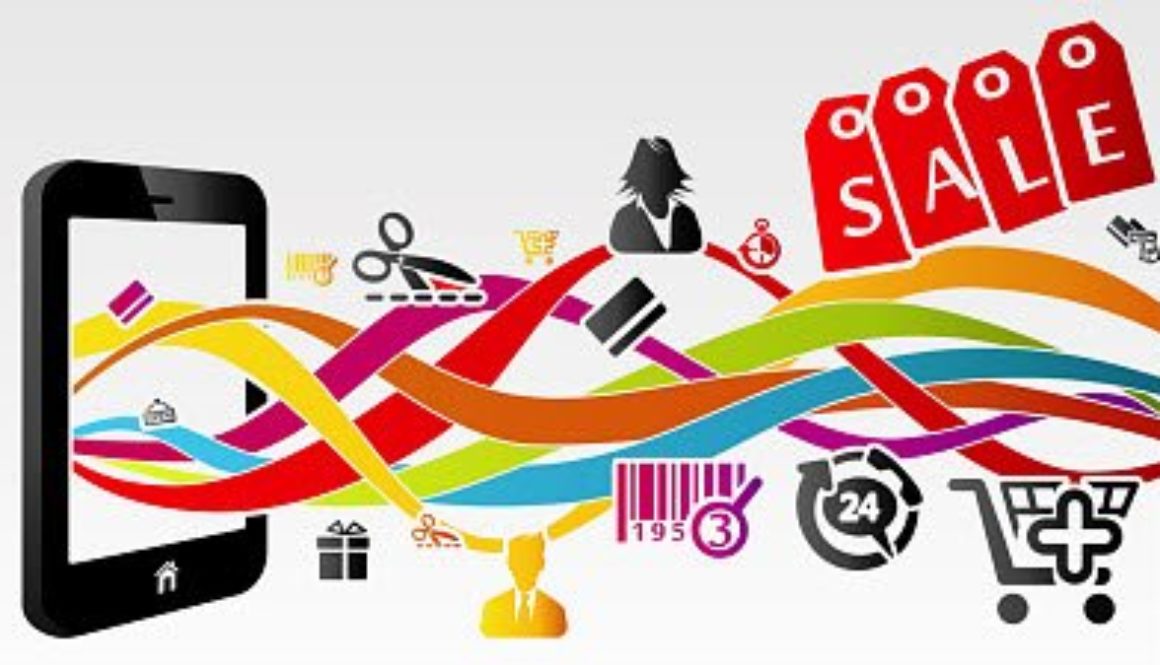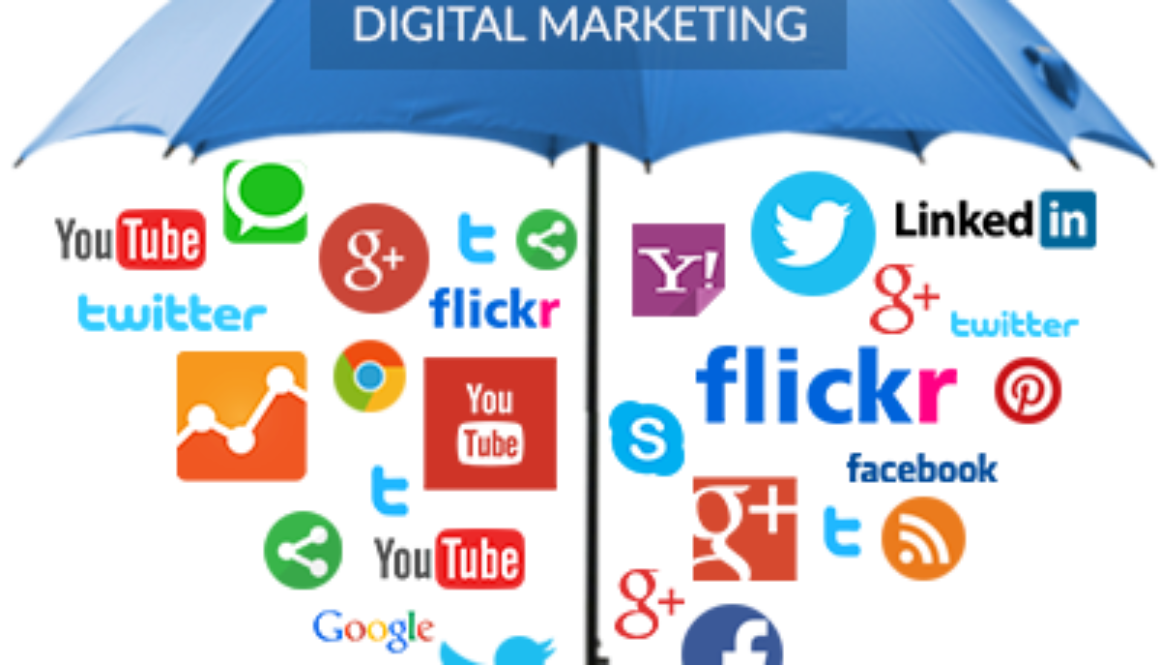Huawei India launches their own Honor ecommerce store | Latest News & Updates at Daily News & Analysis
Find the best deals for Honor phones on their newly-launched ecommerce site
Find the best deals for Honor phones on their newly-launched ecommerce site
Kishore Biyani says Future Group will use FabFurnish’s online platform and delivery model to grow presence in markets with no offline stores
Source: Kishore Biyani’s Future Group to buy FabFurnish.com – Livemint
The campaign #MyMood#MyStarbucks launched in stores and online asks consumers to share their mood when in store and what beverage suits their mood best
Source: Starbucks launches first ‘made in India’ campaign – Livemint
Allcargo Logistics plans to invest Rs 150 crore each in CCI Integrated Logistics and its planned logistics park in Jhajjar, Haryana.
Source: Allcargo Logistics lines up Rs 300 crore investment – The Economic Times
Companies leverage infrastructure set up by other firms as part of e-governance push to grow rural distribution.
New Delhi: Arabinda Giri, 29, hates Tuesdays. It’s the day he has to travel 25km to Diamond Harbour from his home in Uttar Haradhanpur village in 24 South Parganas district of West Bengal to buy household essentials and pay electricity bills for his family and neighbours. Once a month, he also has to go to Kolkata, 145km from his village, to buy stuff that are not available at the nearest market.
For fast-moving consumer goods (FMCG) firms, Giri is the sort of consumer they have been trying to reach. He represents 67% of Indians who live in the 638,000 villages the sellers of personal care and household products are chasing.
Now, a bunch of packaged goods firms, such as ITC Ltd and Dettol-maker Reckitt-Benckiser (India) Ltd, are working on a strategy to leverage a part of the infrastructure that a few other non-FMCG firms have built as part of the central government’s e-governance initiative in the last decade.
Last month, biscuit-to-shampoo maker ITC started a pilot with Kolkata-based Sahaj e-Village Ltd, a venture of the Kolkata-based infrastructure financing firm Srei Infrastructure Finance Ltd, to reach villages with a population as low as 1,000 in three states. Depending on its success, ITC will extend the initiative to 25 states and six Union territories.
“We continuously explore and evaluate possibilities to expand our rural distribution for FMCG products. An exploratory pilot is being evaluated with Sahaj,” said B. Sumant, president, FMCG (designate), ITC Ltd.
In this model, Srei will leverage its network of Sahaj centres at gram panchayats—so far selling financial products and other government schemes to villagers—to sell packaged goods. “The one-man Sahaj centres at the gram panchayats will act as point of ordering and delivery for village consumers. The typical time for delivery is about a day,” said Santosh Dash, chief executive, Sahaj.
Piggybacking on such initiatives will help consumer goods lower distribution cost as they do not have to set up a supply chain. In this model, Dash said, Sahaj centres will be directly connected to the back-ends of the partnering firms (such as ITC and Reckitt) to determine the closest possible point of sourcing of the product. The firms send the products to the block-level centres of Sahaj, which then delivers it to the Sahaj centre located at the panchayat level.
“Logistics is crowd-sourced. We leverage daily public transports, or people with two-wheelers who travel between these places on a regular basis. So, the cost of logistics is low,” said Dash. In the model, there is no minimum order size. “Even if someone wants a pack of biscuit that would cost as low as Rs.5, we facilitate that.”
There is no additional cost for firms in this business model. “It’s the retailers’ margin that gets shared. We already have set up an infrastructure which we are trying to leverage. With retailing of packaged consumer products, the people at Sahaj centres also get a chance to earn more,” added Dash.
By March 2018, Sahaj will have 110,000 centres in 25 states and six Union territories. Till February, Sahaj had 39,087 centres, up from 26,627 a year ago. The firm has so far invested about Rs.300 crore in establishing the network, and hopes to turn profitable by the end of the current fiscal, said Dash.
According to Rajeev Khandelwal, sales director, Reckitt-Benckiser India, the firm gets about 30% of sales from rural areas. Besides different external channels, Khandelwal said the firm has set up its own sub-distributors directly in villages as against the earlier practice of selling items in these markets through a wholesale distributor. “We have increased our reach to 8,000 villages directly by end of this quarter. Rural is our fastest growing channel,” he added.
Besides, Dash said the firm has also tied up with Godfrey Phillips India Ltd and Reliance Retail. Of the estimated 9 million retail stores in India, ITC products reach 4.3 million. ITC’s rival and the country’s largest packaged goods firm by sales Hindustan Unilever Ltd (HUL) reaches about 6.3 million outlets.
“It’s a good way to reach them (rural consumer). There’s no additional cost involved in supply chain, and increases ITC’s retail reach. But ITC needs to figure out the products meant for the target consumer. Premium or semi-premium won’t work. You need value products for consumers in these markets. However, this may actually help ITC in developing a new market without much investments and the company may be able to leverage later,” said Sachin Bobade, analyst with HDFC Securities Ltd.
This is not the first time ITC is trying to enhance rural reach. “ITC has been a pioneer in rural distribution through its e-Choupal network. The key differentiator for ITC when it comes to the rural business strategy is its extensive distribution reach, relentless focus on innovation, superior technological interventions and a basket of consumer products that meet the aspirations and needs of rural India,” said ITC’s Sumant.
ITC has been focusing on the packaged foods and consumer goods segment to cut its dependence on cigarettes to reachRs.1 trillion in total revenue by 2030. For the year ended 31 March 2015, the company’s revenue from packaged food products stood at Rs.6,411.27 crore, overtaking HUL’s revenue from the food business ( at Rs.5,522 crore).
ITC’s gross revenue was at Rs.49,964.82 crore.
Source : livemint

Not China or the US but recent reports indicate that sales of Indian goods through mobile devices accounted for more than 40% compared to sales of its e-commerce. Overwhelmingly it’s more than China and several European countries.
Information from Mary Meeker president of the fund Kleiner Perkins Caufield and Byers, the share of mobile commerce is very high in India, as Snapdeal and Flipkart with revenue coming from mobile devices is more than 70% while the Chinese company Alibaba accounted for only around 50%.
With changed behavior of tablet and smart phone consumers, online shopping from portable devices is very high. Trend suggests that online shoppers seek the convenience of shop anywhere shop anytime.
While India leads M-Commerce, China follows with 35%, followed by the UK, France and Brazil, all of them accounted for as much as 20% while surprisingly US is at the number 7 with 15%.
One of the results of this survey reinforces the fact that M-Commerce may be the only way forward for E-tailers in India.

Error: No feed found.
Please go to the Instagram Feed settings page to create a feed.

Online marketers need to know!
I agree this era is of Mobile. Statistics of festival shopping like Black Friday reveals that online orders coming from smartphones is nearly 57%. Walmart reported that sales of smart phones increased by nearly tripled on compared to 2014. This trend may suggest that the end product sales on the desktop will be gradually declining.
When the e-commerce business began to boom there was uncertainty whether online store is necessary?
Today, it appears that there is a need for online store.
Does it mean having an online store will lead to higher sales? Not necessarily. The traffic coming from mobile devices may be higher but it does not mean that the conversion rate is higher for mobile over alternate sales channel for businesses. A study shows that almost 70% of customers gather product information on mobile phones but in terms of sales the conversion rate from the mobiles was quite low.
One of the reasons for conversion rate from the mobile being quite low is the cumbersome process of filling the required information including complete address to pay through mobile is often time consuming and not easy for everyone.
One of the solutions is to make it easy for online customers to make the payment or checkout the most convenient way which will benefit businesses in the long run.
It’s easier said than done but it’s crucial to make mobile purchase process convenient. It does not mean that shopping on mobile will replace desktop or laptop. There are many customers who do not shop online on mobile even once. Such customers continues to use smart phones to read e-mail promotions, visit website, use social media and read reviews before buying.
For businesses to have Omni-channel presence is an advantage. As an online marketer it’s important to note that the consumer may not prefer one channel over another or purchase from only one channel, so business owners should focus on creating a seamless shopping experience on various platforms over the existing.

What do you think makes a great digital marketer? Here’s what some experienced digital marketers thinks:
Top 4 Characteristics of great digital marketer are as follows :
Good marketers understand their customers’ needs and beyond. Besides understanding the goal of each campaign, great marketers understand their customer’s brand image, voice and how they want to represent their organization to the public.
If you are a digital marketer who is employed by a brand, this is, of course, an assumed. However, for others who work for a digital marketing company; it’s always a great idea to study each and every prospect’s background before meeting face-to-face during the first meeting. For example, you might discover that the target group for a certain prospect is teenagers and as such they have been running campaigns designed for this target group. You also discovered that they may be rebranding to target adults better.
Having this knowledge ready for when meeting the prospect means you’re able to discuss and come up with sample ideas on the fly. In other words, from the client’s perspective, it’s more productive to meet with a digital marketer who already understands their brand as oppose to a digital marketer who comes empty-handed.
When was the last time you saw a chunky monitor or a bulky CPU? Can’t remember? Well, that’s exactly how fast technology and the digital world changes. Your mobile phone isn’t just for making phone calls anymore either. You use it to surf the Internet, take photos, listen to music, set reminders; it also acts as your pocket book or Gameboy!
Knowing how the world have switched from desktop to smartphone, tablets and portables, means the difference between truly helping customers with their heartaches from the get go, and going on a wild goose chase.
For instance, your client may be getting a lot of traffic already but for some reason they’re not able to keep visitors on their website for longer than 5 seconds on average. After a quick check, you discovered that their website isn’t responsive. Since you are also up-to-date on changing trends, you know that users have switched from desktop browsing to mobile. In essence, this means you would be able to quickly provide the right solution for your client; which is to switch to a mobile-friendly website.
Several years back, when we think social media, MSN and Hi5 comes to mind. Today, there’s just too many to add to the list, ranging from Facebook, Instagram, Twitter, Pinterest, to Snapchat and Reddit. Good marketers are individuals who are able to identify which is trending for the different age groups in a right way.
To be able to identify this, a great marketer doesn’t only understand the individual platforms but is also insightful on the behavior of the different target groups. For example, millennial read less, prefers images and loves videos. In addition, they spend hours daily browsing the Internet via smartphones. Given this information, if your client is targeting teenagers and you’re providing recommendations on which channels to focus on, Instagram should instantly come to mind as one of the top options.
Many times over, it’s not just about, ‘what’s trending’, but having a good understanding of different generations, cultural differences and so on, which would allow you to predict how things may change every year.
What may have worked wonders a certain year such as a photo contest might turn out to be a total flop the next year per se.
Some of the best marketers strive to become more than entrepreneurs. It is true that it’s the client’s business, but your relationship with every project should be more than just to finish the job, get paid, and be done with it.
Admirable marketers are those who are also both a teacher and an advisor to their customers. Some clients might not be familiar with online marketing. As such there is a communication gap and the best marketers are those who put in the effort to close that gap. For instance, when discussing banner advertisements, you might be thinking of retargeting, real-time bidding and native advertising, while your client have only ever did single-site buys. The result? Your client feels confused, unengaged and simply lost.
A truly effective digital marketer open new doors and opportunities for clients while also being able to effectively explain and advice all the different techniques and options.
The Take Away
In the end, if you want to become a truly admirable digital marketer, think of your client’s business as your own. Try to figure out what they might be thinking about, how they think, what they probably want and then gradually expand from there.
In addition, do lots of reading and research to understand different target audiences and changing trends. Coupled with a clear understand of your client’s business, you would be well on your way to provide your clients with successful marketing campaigns.
